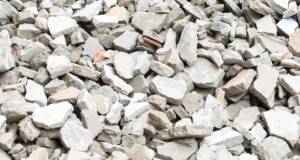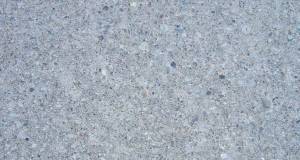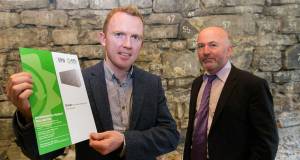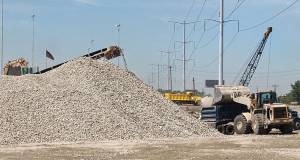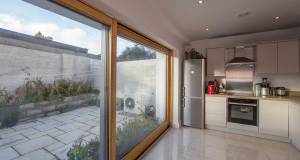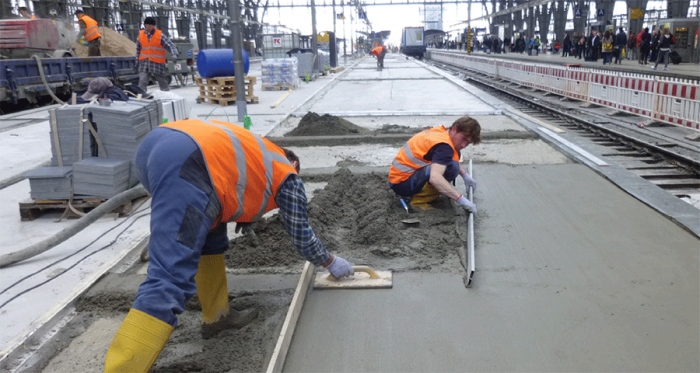concrete - passivehouseplus.co.uk
Techrete aims for net zero carbon by 2030
Leading precast concrete facade manufacturer Techrete has pledged to achieve net zero carbon emissions by 2030.
Kilsaran launch lower carbon cement with CarbonCure
Kilsaran has announced the signing of a new partnership agreement with CarbonCure Technologies to bring a lower carbon cement to its clients. The project represents a €1m investment by Kilsaran and will create an additional eight jobs in the areas of project support and R&D.
New research gives boost to recycled concrete
Results of a new five-year study of recycled concrete show that it performs as well, and in several cases even better, than conventional concrete.
The PH+ guide to greener concrete - reducing the climate impact of cement and concrete in buildings
Cement is responsible for up to 8% of global carbon emissions, and in this guide, sustainable design expert Jay Stuart looks at ways to minimise its environmental impact through good design, and at some of the alternative, lower carbon cement and concrete products on the market.
Quinn get first Irish EPD for precast concrete
Quinn Building Products has become the first company in Ireland to attain an environmental product declaration (EPD) for a structural precast concrete product under the Irish EPD system.
Green concrete breakthrough with waste wood & recycled concrete
Researchers at the Institute of Industrial Science at the University of Tokyo have developed a new procedure for recycling concrete with the addition of discarded wood.
Low carbon concrete blocks now available in Ireland
Low carbon concrete blocks are now widely available on the Irish market – bringing up to 50% reductions in embodied CO2 – and Passive House Plus helped make it happen.
Architect returns to roots with A1 rated 'house of the people'
Architect Tom Duffy has long had an interest in green design, and working on a self-build project for himself and his wife he was able to prove a point: making a modest family home to the highest standards need not cost the earth.
A1 passive house overcomes tight Cork City site
Designing a dwelling to take advantage of the sun’s free heat is a big part of what makes a passive house passive. So how do you meet the low energy standard when your narrow site faces away from the sun and is overshadowed by neighbouring houses and trees, while simultaneously hitting an A1 building energy rating – and with a stunning, architecturally expressive design?
Fast-drying screed from SMET: walkable in six hours
Traditional screeds require significant drying before the final floor covering can be installed, however, if this is not well planned for, it may well delay the completion of the entire project.
Coastal cottage reborn

Any building, no matter how cold and draughty, no matter how remote, can be improved to world-class energy performance, as an upgraded and extended Donegal cottage dating back to the 1800s proves.
Breaking the mould - part I

Ill-considered attempts to upgrade a building’s thermal performance can not only fail to save energy, but can also create serious problems for occupant health and building structure alike. Leading green designer Joseph Little of Joseph Little Architects investigates the particular problems associated with dry-lining single-leaf concrete block walls
The challenge of sustainable construction

If one was to draw a conclusion on how seriously sustainability is being taken at government level using the number of occurrences of the word "sustainable" in policy documents, housing guidelines and speeches from Ministers, it would come across that Ireland's on a sound sustainable footing.




